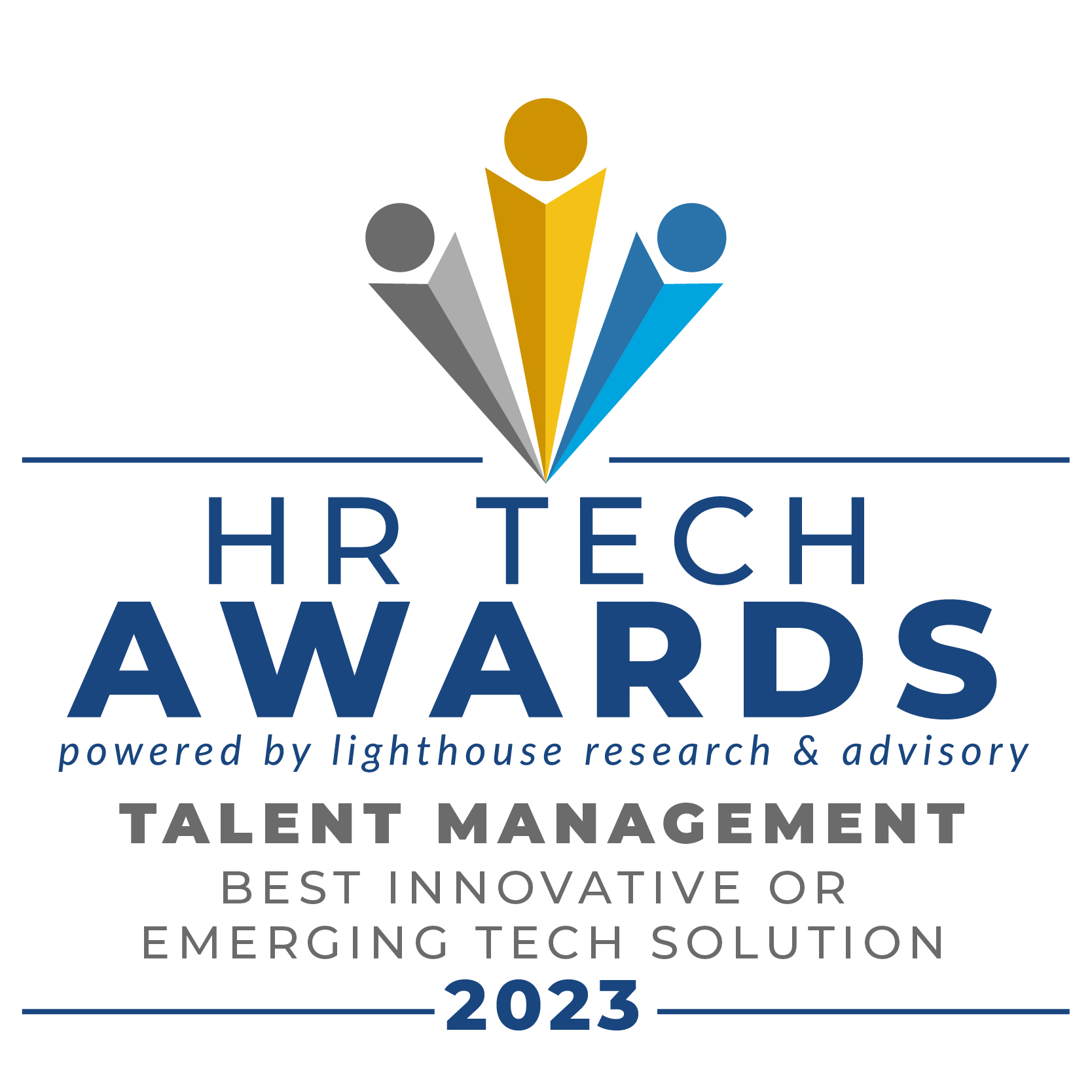The power of skill mapping: mapping internal talent to organizational needs
Why matching employees’ competencies to open opportunities is a must-do For the past few years, skills have been dominating HR discussions—and with good reason. Research from Deloitte finds that skills-based organizations are 107% more likely to place talent effectively and 49% more likely to maximize efficiency. Inspired by these impressive outcomes, most leaders are eager

Why matching employees’ competencies to open opportunities is a must-do
For the past few years, skills have been dominating HR discussions—and with good reason. Research from Deloitte finds that skills-based organizations are 107% more likely to place talent effectively and 49% more likely to maximize efficiency.
Inspired by these impressive outcomes, most leaders are eager to shift away from job-dominant strategies, but only about 20% of companies are embracing skills-based initiatives at scale. All too often, leaders lack a clear picture of their people’s capabilities and how they relate to ever-changing organizational needs—which is where skill mapping comes into play.
By equipping leaders with a clear picture of their people’s skills and the capabilities various jobs require, skill mapping enables companies to push their transformation agendas forward.
What is skill mapping?
Skill mapping is a virtual representation of employees’ skills and how these competencies align with the capabilities that various roles require. It refers to the process of identifying both the technical and soft skills people possess and visualizing them using a skills matrix. Presenting data in this way helps businesses compare available competencies with needed ones.
Companies can also map skills to jobs to get a better idea of how employees’ capabilities compare with the competencies needed to perform a job well. Skill mapping is a way to understand the abilities employees possess and the value they provide, revealing strengths and weaknesses within your workforce.
What are the benefits of skill mapping?
There are several advantages associated with skill mapping, including:
#1. Identify skill gaps
Skill mapping can help leaders pinpoint the capabilities that are missing from their organization’s arsenal. The skills people lack often prevent them from working efficiently and performing their best. Rather than letting these knowledge gaps put a damper on performance, leaders can use skill mapping to identify which areas of expertise their business needs so that employees can be upskilled accordingly.
#2. Improve employee engagement and satisfaction
Skill mapping is a valuable tool for boosting employee morale. It keeps employees interested on a day-to-day basis by matching them with projects, gigs, and full-time roles that align with their knowledge and skills. Additionally, by identifying your workforce’s learning needs and aligning them to their career goals, leaders can create development opportunities that perfectly match employees’ knowledge gaps so they can take their careers to the next level. All in all, skill mapping can cultivate a supportive work environment that empowers employees to reach their full potential.
#3. Make strategic hiring decisions
All too often companies spend big on recruiting when there are internal candidates with transferable skills that would make them strong candidates for the positions their employer is hiring for. Rather than letting these skills adjacencies go untapped, skill mapping enables leaders to make sense of them and understand who might be able to get reskilled to move into new roles. And if leaders decide hiring externally is truly their only option, they’ll know exactly which skills to prioritize during their search and selection process.
#4. Monitor and enhance employee development
Keeping track of employee performance provides tons of valuable data for HR and L&D teams about employee training strategies and talent management. It highlights which employees could benefit from additional training, skills that must be added in the future, and types of changes that should be implemented to maximize the effectiveness of their skill-building initiatives.
3 steps to upgrade your approach to skill mapping
If these benefits inspired you to look into skill mapping, here are a few best practices to finetune your approach:
#1. Take stock of skills
Executives need an in-depth understanding of their workforce’s capabilities before they can start mapping skills to roles. Traditionally, this bird’s eye view has been hard to come by because skills information is often siloed into a few different systems. Most taxonomies are also outdated, leading to skill-building strategies that may not actually address the needs of the organization.
Rather than settling for this subpar understanding of workforce skills, companies are harnessing AI-powered tools like Gloat’s Skills Foundation to gain visibility into their workforce’s capabilities. These systems are updated in real-time and pull from an employee’s LinkedIn profile or CV, in turn capturing the full range of knowledge and experience they’re bringing to the table.
#2. Make sure your job architecture is up to date
Once you’ve taken stock of workforce skills, it’s important to make sure your job architectures are updated and reflect the skills employees need to excel in various roles. In the past, job architectures were challenging to build and maintain because the entire process was manual. HR leaders needed to pull from pre-defined catalogs and collaborate with teams across their organization to create an architecture and then constantly update it as skills needs and priorities changed.
To avoid getting stuck in this tedious process, visionary leaders are now turning to skills intelligence tools to create their job architectures. These systems let leaders keep roles and responsibilities updated with insights from external and internal data sources, view suggested positions to merge and job codes to update, and receive recommendations on relevant and trending skills.
#3. See how your workforce’s skills stack up to your job architecture
After ensuring your job architecture is updated to reflect your most recent skill needs and taking stock of workforce capabilities, the next step to skill mapping is to compare the two and see where existing knowledge gaps lie. With help from skills intelligence tools, leaders can not only identify emerging knowledge gaps before they snowball into bigger problems; they can also glean insights into which capabilities will become more important and the skills that are declining in demand so that they know which types of skill-building initiatives to prioritize.
Skill mapping success in action: How Novartis mapped skills to roles for 33,000 job codes
While most businesses are just beginning their skills transformations, there are a few trailblazing companies that are already becoming full-blown skills-based organizations—and Novartis is one of them. The leading pharmaceutical company leverages a talent marketplace and skills intelligence tools to create a unified skills framework that enables leaders to align employees to open opportunities based on their capabilities.
With the help of these technologies, Novartis seamlessly connects the labor market, the external environment, and the relevant skills to create one single source of truth for strategic workforce planning. Previously, when the company attempted to create a skills taxonomy independently, it ran into challenges because skills impact everything in HR in different ways. By identifying employees’ skills, suggesting related skills, inferring skills from individuals’ profiles, and subsequently matching employees with various opportunities—including learning, projects, mentoring, and gigs—Novartis has taken their skills transformation to the next level.
Reflecting on their journey, Novartis’s Global Head of Talent Markus Graf explains, “The access to data that we have now is so much better. With the approach that we have now, in two months we get more quality data about our people than we did in four years with the former approach, so that’s a massive step forward and it also helps with strategic workforce planning. Because if you only have a list of people with their jobs, that may not give you enough insights to understand what skills they have and the skills that they want to develop. So we have much better insights into our people than ever before.”
To see the impact skill mapping can have across an organization, check out Sara Steiner’s conversation about Novartis’s shift to become a skills-powered organization.





